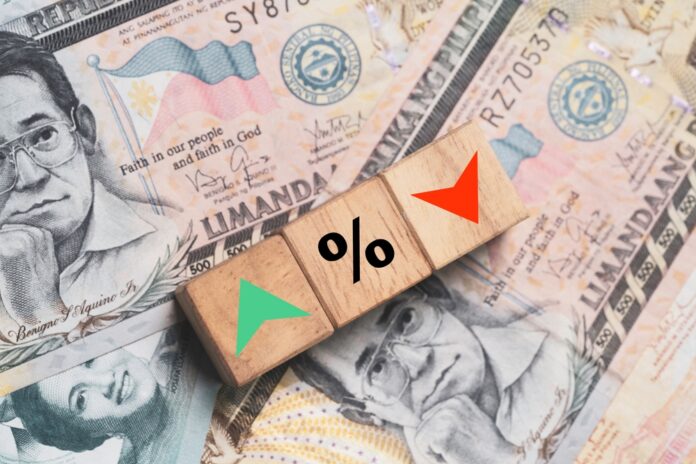The headline inflation rate accelerated to 4.4 percent after tapping on the brakes in June, when the year-on-year increase in the consumer price index eased to 3.7 percent, driven higher by significant increases in the cost of housing, fuels, utilities, transport, and food.
Inflation stood at 4.7 percent in June 2023.
The July data brought the average inflation in the first seven months to 3.7 percent, at the higher end of the Bangko Sentral ng Pilipinas’ target range of between 2.0 percent and 4.0 percent.
Economic Planning Undersecretary and National Statistician Dennis Mapa said the inflation in July was affected by the higher base for rice inflation and the impact of Executive Order 62, which slashed the tariff on imported rice to 15 percent from 35 percent. “We might see a substantial reduction in rice prices in August,” he said.In terms of actual rice prices
in July, Mapa said monitoring by the Philippine Statistics Authority showed some softening, when the price per kilo of well-milled rice slipped to an average P50.90 from P51.10 in June.
Food weighs heavily on the consumer basket, and accounts for 35 percent of all-income households and 51 percent for the bottom 30 percent income households. Rice, in particular, takes up 9 percent of the consumer basket for all-income households and 18 percent of the bottom 30 percent.
Food inflation rose to 6.7 percent in July 2024 from 6.5 percent in June, up from 6.3 percent in July 2023. The acceleration was driven by increased prices in meat and other slaughtered land animals, which surged to 4.8 percent from 3.1 percent, and fruits and nuts, which saw an inflation rate of 8.4 percent from 5.6 percent.
Other notable increases included corn at 17.5 percent from 13.1 percent, and milk, other dairy products, and eggs at 1.8 percent from 1.3 percent. However, the rates for rice, flour, bread, and vegetables showed slower growth, with rice at 20.9 percent from 22.5 percent, and vegetables at 6.1 percent from 7.2 percent.
Inflation for the bottom 30 percent income households quickened to 5.8 percent in July from 5.5 percent in June, and averaged 4.9 percent in the first seven months of the year.
Core inflation, which excludes selected food and energy items, slowed to 2.9 percent in July 2024 from 3.1 percent in June and the 6.7 percent registered in July last year. This indicates a trend of easing inflation pressures in non-food and energy categories.







